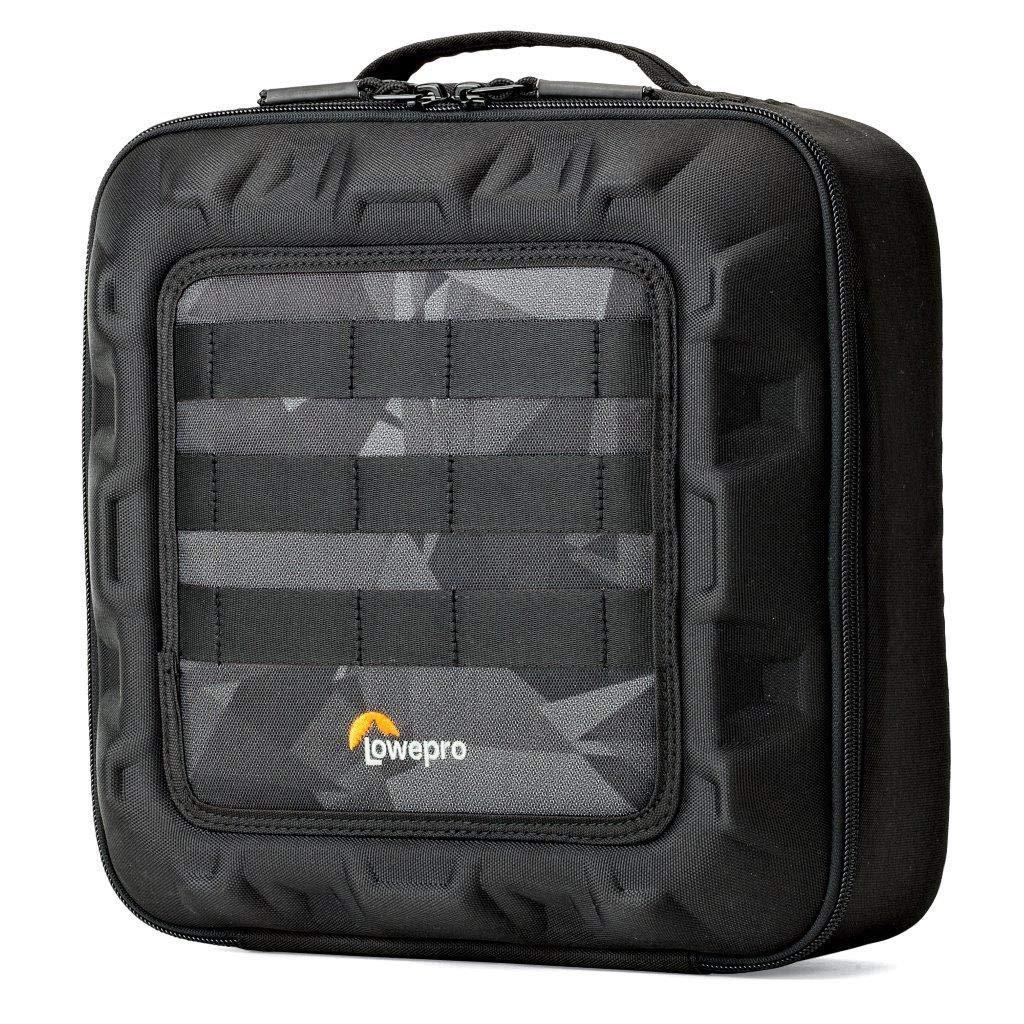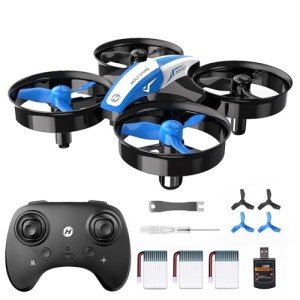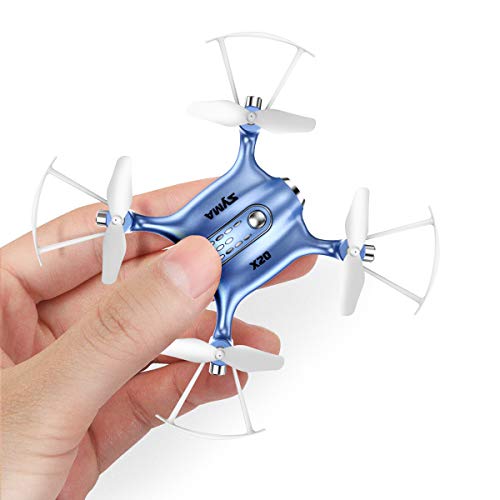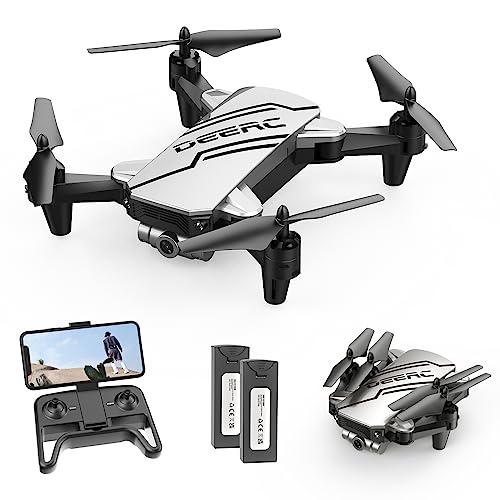If you’re new to the world of drones, getting started can feel a bit overwhelming. But don’t worry! You’ll be flying high in no time. First things first, let's talk about what kind of drone you might want to start with. For beginners, it’s best to pick a model that’s user-friendly and easy to control. Look for features like one-button takeoff and landing, so you don’t have to stress about complicated maneuvers right away.
Next, check out the battery life. Most beginner drones will give you around 10 to 20 minutes of flight time, which is pretty standard. You’ll want to grab a couple of extra batteries if you plan to stay out and explore for a while. Trust me, nothing kills the excitement like running out of juice mid-flight!
Also, be sure to familiarize yourself with the rules and regulations around flying drones in your area. Knowing where you can and cannot fly is super important to avoid any trouble. Many local parks or rural areas make great spots to practice, but remember to keep your drone in sight and respect the privacy of others.
If you want to get some practice in before your first flight, consider using a drone simulator. These tools let you learn without the risk of crashing a real drone. It's a great way to build your confidence. Once you're feeling good about your skills, you'll be ready to take to the skies and enjoy everything drones for beginners have to offer! Happy flying!
Types of Drones You Can Fly
When you dive into the world of Drones for Beginners, you’ll notice there’s a bunch of different types out there, each with its own flavor. Knowing what’s what can help you pick the right one for your needs. Let’s break it down!
1. Camera Drones
If snapping photos or shooting videos from the sky sounds cool, camera drones are your best bet. They come with decent cameras and can capture stunning imagery. These are great if you're into photography or want to record some epic aerial footage. Brands like DJI have some solid options that are easy to control.
2. Racing Drones
For those who thrive on speed and adrenaline, racing drones are where the fun is at. These lil’ guys are built for fast-paced flying, and they can zip through courses in no time. If you like a challenge and want to join in on racing competitions, this is your drone!
3. Toy Drones
Starting out? Toy drones are perfect for you. They’re affordable and easy to fly, making them super friendly for beginners. You won’t get complicated features, but you can learn the basics of piloting without breaking the bank. Plus, they often come in fun designs!
4. Professional Drones
If you're serious about aerial photography or want to use drones for commercial purposes, professional drones are the way to go. They have advanced features and powerful cameras. Sure, they’re pricier, but they’re worth it if you plan to use your drone to make money or create high-quality content.
No matter what type of drone you choose, you’re stepping into an exciting hobby. Remember, practice makes perfect, so don’t hesitate to take your time and experiment with the one that fits you best. Happy flying!
Lowepro Droneguard CS 200 Case for Drones
Keep your drone safe and secure with this durable, easy-to-carry case
Product information
$37.49 $19.95
Product Review Score
4.72 out of 5 stars
42 reviewsProduct links
Key Features to Look For
When you’re diving into the world of drones for beginners, picking the right model can feel a bit overwhelming. But don’t sweat it! Focusing on a few key features can make your decision way easier. Here are the must-haves you should look for:
With these features in mind, finding the right drone for beginners becomes much easier. You’ll be ready to take off and enjoy some awesome experiences in no time!
High-Stiffness Replacement Propellers for 6030F Drones
Upgrade Your Drone's Performance with High-Stiffness Replacement Propellers for 6030F Models
Product information
Product Review Score
4.33 out of 5 stars
207 reviewsProduct links
Tips for Flying Your Drone
When you’re just starting out with drones, it’s crucial to get the basics right for a great flying experience. First off, always keep your drone in sight. It’s tempting to push the limits, but losing sight can lead to trouble. Stick to open spaces away from obstacles and people, especially when you’re learning. This keeps you and your drone safe while helping you get comfortable with the controls.
Next, check the weather. Wind can be a drone's worst enemy. If it’s too windy or rainy, just wait for a better day. You want smooth flying, and a little rain can mess things up. Plus, remember to keep an eye out for the sun. Bright sunlight can make it hard to see your drone’s lights and monitor. A cloudy day can actually be perfect for flying!
Battery life is super important too. Always keep an eye on your battery levels and plan your flights accordingly. It’s a bummer to have your drone land early because you ran out of juice. Bring extra batteries if you’re planning a longer session. It’s a good idea to take a little time to practice flying in different modes, as many drones have beginner and sport modes. Start slow, get the hang of it, then ramp up your skills.
Lastly, familiarize yourself with your drone’s controls before you fly. Each model has its quirks, so spending time with the manual can save you headaches later. Play around with the controls on the ground, so it feels second nature when you’re in the air. These little tips can make a big difference as you dive into the exciting world of drones for beginners!





